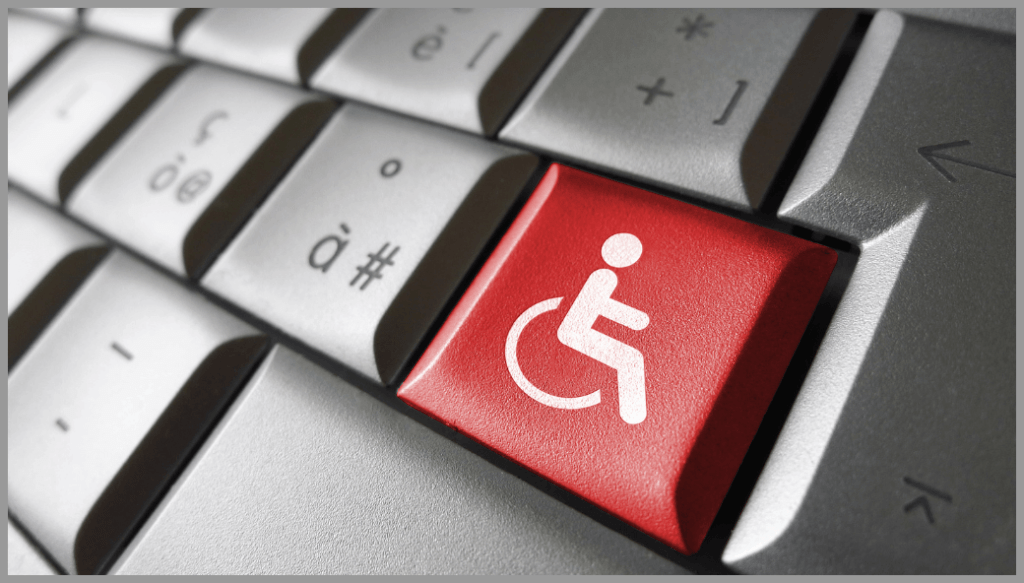
If you’re in the business of developing software, applications, and other products with online functionality, and want to comply with Section 508 requirements, there are a few things you should know about VPAT compliance.
In this guide, we outline everything you need to know about a Voluntary Product Accessibility Template (VPAT), including how it applies to your business, why it matters, and how to fill it out.
Let’s dive right in and start with the basics.

The Americans with Disabilities Act was put in place to prevent discrimination against anyone living with a disability. Unfortunately, unclear guidelines related to the online and technology space have been an ongoing issue, making compliance difficult.
Maintained by the ITIC, the VPAT was created to help businesses measure the accessibility of their products against Section 508 and the Web Content Accessibility Guidelines (WCAG).
A VPAT is essentially a report that highlights which accessibility criteria a product meets, helping buyers make a more informed decision. It also shows a company’s commitment to keeping its customers informed, while creating a more inclusive world for all.
A VPAT certification was once only necessary for organizations that received funding from the federal government. Today, this template is useful for any business that wants to enhance the credibility of its offerings.
VPATs are recommended if your organization deals with the following products and services:
It should also be noted that completing a VPAT for accessibility purposes doesn’t mean your organization needs to be 100% Section 508 compliant – this isn’t always possible. Instead, you should view this document as a reflection of a product’s current level of compliance.
For one, having VPATs for your ICT products ensures you are meeting legal accessibility requirements outlined by the ADA and other accessibility legislations. Being compliant means you don’t have to worry about costly lawsuits and brand damage.
The other reason is that many of today’s organizations only want to use products that they know are accessible to everyone. Having VPATs provides buyers with the information they need to compare your products to those of competitors.

A VPAT example can be downloaded from the ITIC website.
Version 2 of the VPAT was expanded to include the leading ICT accessibility standards: Section 508 (U.S.), EN 301 549 (EU), and W3C/WAI WCAG.
It’s essential to complete a VPAT as accurately as possible to avoid unnecessary lawsuits, so knowledge of accessibility standards is required.
If you don’t feel confident taking this process in-house, there is always the option of hiring an expert who handles VPAT accessibility on a daily basis.
The VPAT certification process is made up of 3 key steps:
If you need assistance with the VPAT certification process, AccessibilityChecker can help. Click here to find out more.
When conducting an audit of an ICT product or service, you will be measuring it against the following Section 508 requirements:
It’s the findings from these three areas that will help you improve the accessibility of your product before you complete a VPAT.
As mentioned above, you can either hire an expert to assist you with the VPAT accessibility process or you can do it yourself.
If accessibility and legal compliance are important to your organization, VPATs make a lot of sense. What’s more, it can help your ICT products and services stand out – clients will always value honesty and transparency.
And if you don’t have enough accessibility knowledge to complete a VPAT yourself, there are experts available to assist you with this process.
An incomplete or inaccurate VPAT can cost your business valuable vendor partnerships. Federal and government buyers use VPATs to compare product and service options. If your organization cannot produce VPATs, you may not meet vendor proposal requirements.